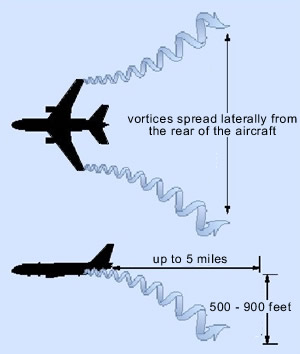HerrGruyere
Line Up and Wait
Hey All,
Wasn't sure of a good thread title. Anyway, my coworkers just proposed a hypothetical situation based on a video they saw today. A man is standing on a runway and a Harrier flies over at a high rate of speed maybe around ten feet above the man's head. The cameraman shakes, but the man remains stationary as if nothing happened.
Would there be any sort of wake or "downburst" from the plane passing overhead? I imagine there might be a small wind behind the plane, kind of like when a large truck passes. However, I don't think you would feel any jet blast nor would there be a wind being blown downward from the lift produced by the wing - mainly because that's a high pressure area and the lift is going upward.
Any thoughts?
Wasn't sure of a good thread title. Anyway, my coworkers just proposed a hypothetical situation based on a video they saw today. A man is standing on a runway and a Harrier flies over at a high rate of speed maybe around ten feet above the man's head. The cameraman shakes, but the man remains stationary as if nothing happened.
Would there be any sort of wake or "downburst" from the plane passing overhead? I imagine there might be a small wind behind the plane, kind of like when a large truck passes. However, I don't think you would feel any jet blast nor would there be a wind being blown downward from the lift produced by the wing - mainly because that's a high pressure area and the lift is going upward.
Any thoughts?


 The Harrier demo should be a dive in with a quick stop and pivot course reversal, reverse back and GTF outta there. That would be quite sufficient to demonstrate the capability that is needed from it, dash in, provide CAS on the spot and get out after strafing the enemy position. Done, no need to hurt people and make small children cry from the painful noise.
The Harrier demo should be a dive in with a quick stop and pivot course reversal, reverse back and GTF outta there. That would be quite sufficient to demonstrate the capability that is needed from it, dash in, provide CAS on the spot and get out after strafing the enemy position. Done, no need to hurt people and make small children cry from the painful noise.
